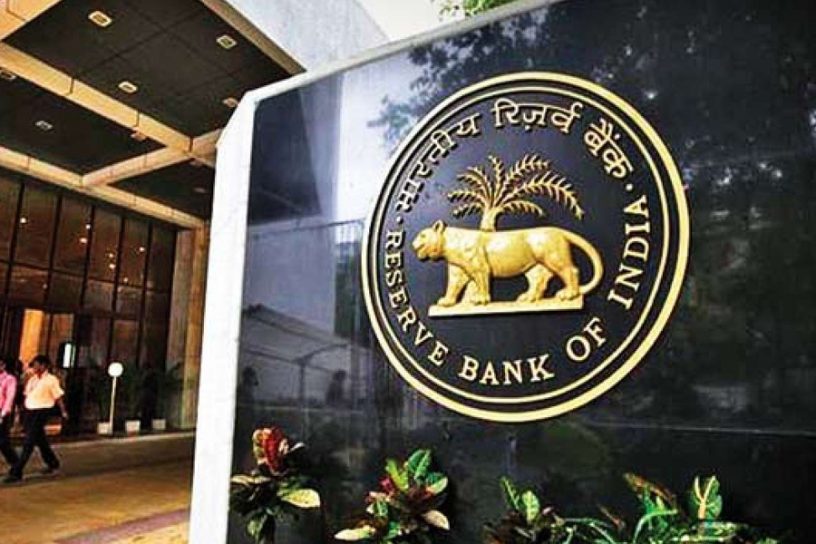
This study found a correlation between the operational status of the monetary policy and the changes in the monetary policy transmission mechanisms.
Authors
Hebatallah Adam, Associate Professor, Jindal School of International Affairs, O.P. Jindal Global University, Sonipat, Haryana, India.
Firdous Ahmad Malik, National Institute of Public Finance and Policy, India.
Deepanjali Das, Lucknow University, India.
Laeeq Razzak Janjua, Vistula University, Warsaw, Poland.
Summary
Against the backdrop of invariant financial and economic reforms, there are presumptive changes in the confines and speed with which target variables respond to Reserve Bank of India (RBI) policy signals. The result of transmission lags from monetary policy to the real sector is unmistakable.
The empirical approach used in this study is a natural progression from the VAR model videlicet, co-integration, and error correction techniques used to overcome the problem of spurious regression associated with non-stationary time-series data. After a shock induces disequilibrium, the speed and degree of adjustment return to a balanced state but with some time lag.
The results indicate that in the two-step verification model, it takes approximately 2.851 months for WACMR to fully respond to a change in policy rates, whereas in the second step, it takes approximately 10.33 months for base rates to reach their complete pass-through following changes in call money market and deposit rates.
Published in: International Journal of E-Business Research
To read the full article, please click here.


